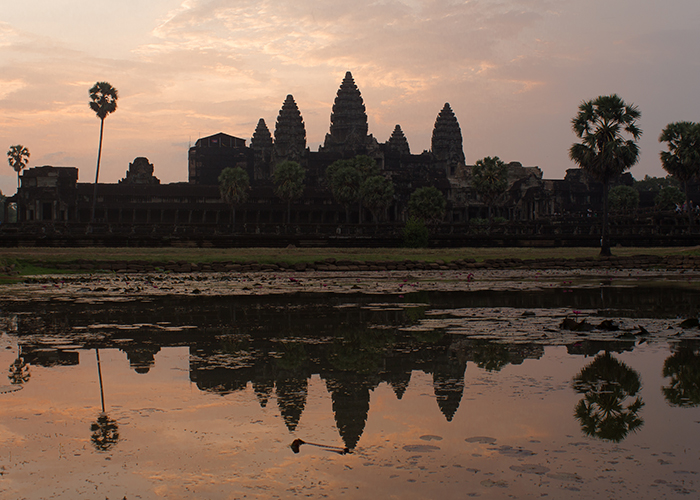 Previous Day |
Siem Reap, CM → Ayutthaya, TH → Bangkok, TH 112.9 mi (181.7 km)*driven* |
 Next Leg of the Trip |
We were up mega early this morning to see the sun rise over the incredible, unforgettable temple that is Angkor Wat! Arriving by tuk-tuk in the dark, Mu Sab and I hurried down to the edge of a lily pond to elbow our way into the crowd of several hundred people fighting for photo space along its shores! The effort was worthwhile!
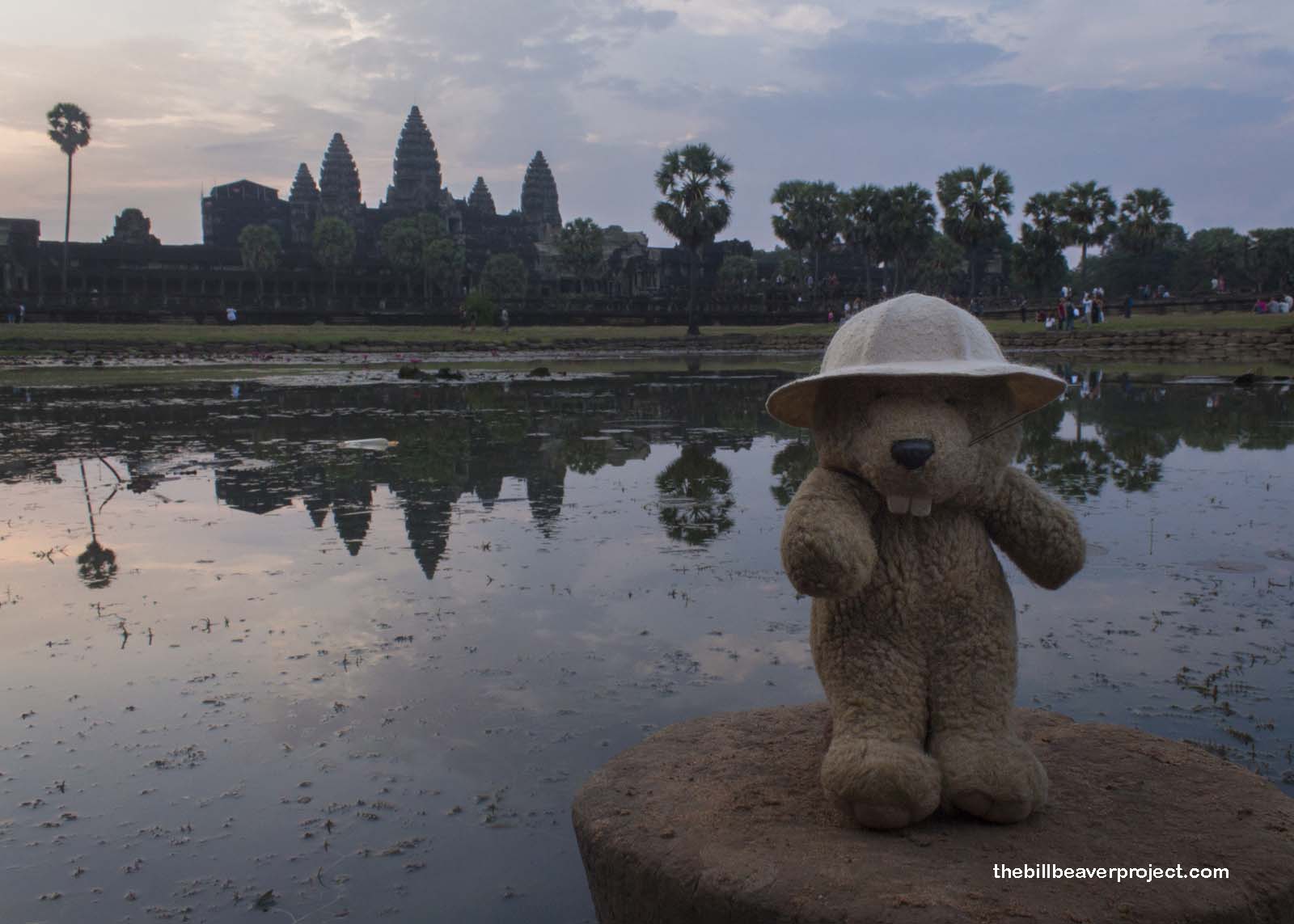 |
Mu Sab and I gobbled up the breakfast that the hotel had sent with us, while the crowd dispersed. We crossed the ancient moat into the main temple—the largest religious complex in the world no less—to see what we could see. My brother, Flatty, had been here years ago and highly recommended it when he learned I was coming to Cambodia. It didn’t take long at all to see why!
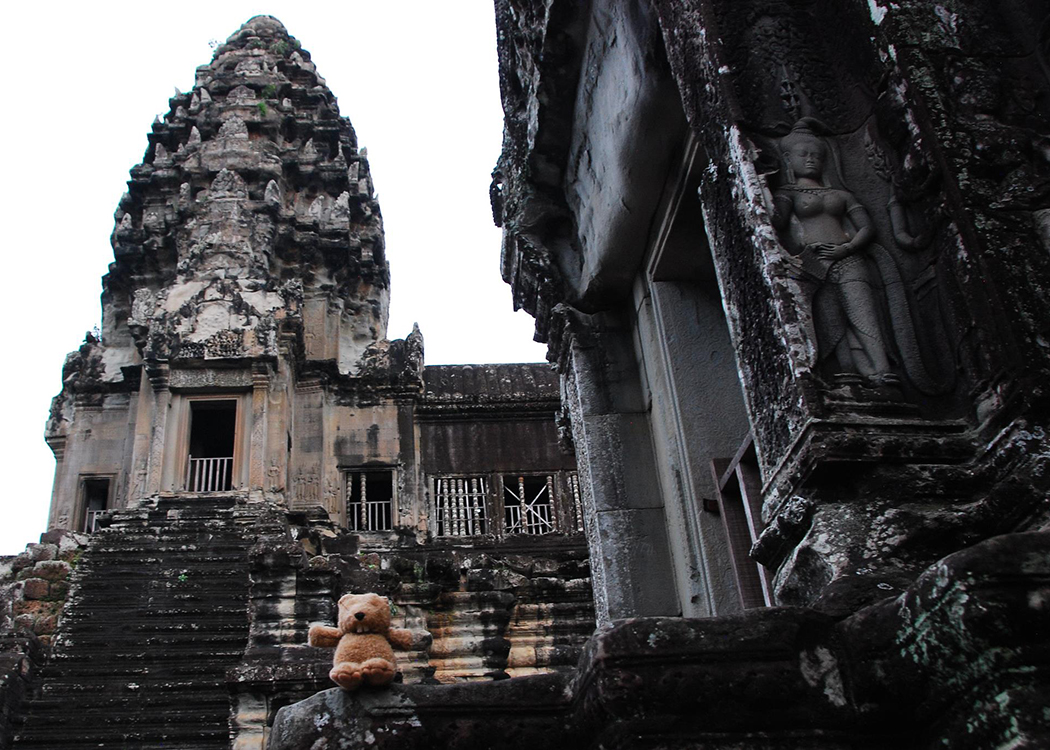 Flatty in 2012 Flatty in 2012 |
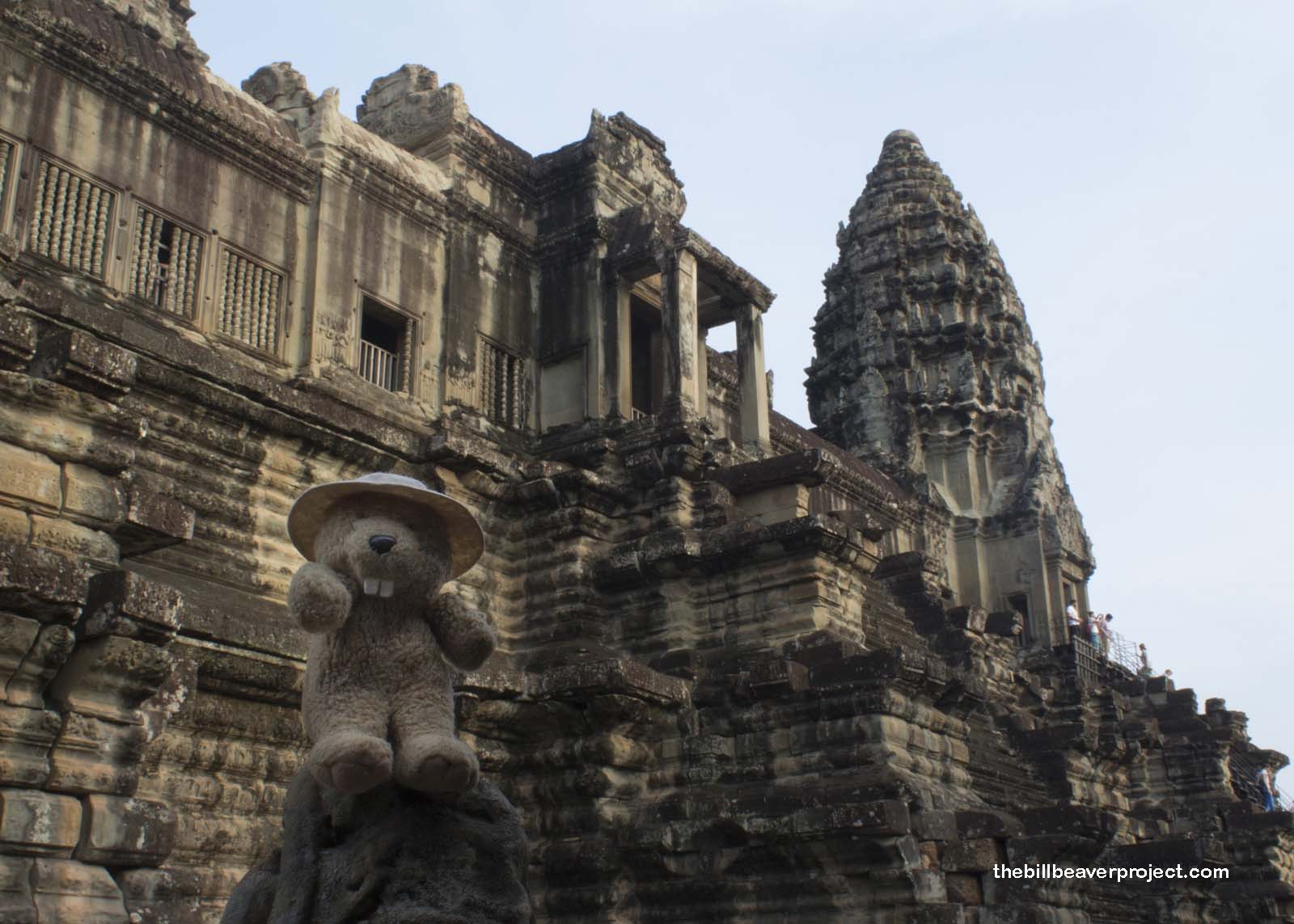 Me in 2017 Me in 2017 |
This incredible complex was built in the 12th century AD under the commission of King Suryavarman II. Dedicated to the god, Vishnu, Angkor Wat was assembled from stone quarried near Phnom Kulen by over 300,000 workers and 6,000 elephants! It faces east to west, its towers representing the holy Hindu mountain of Meru, and its top aligning perfectly with the light of the sunrise at equinox! It is also, apparently, shaped like the lady parts of Uni, goddess of the world!
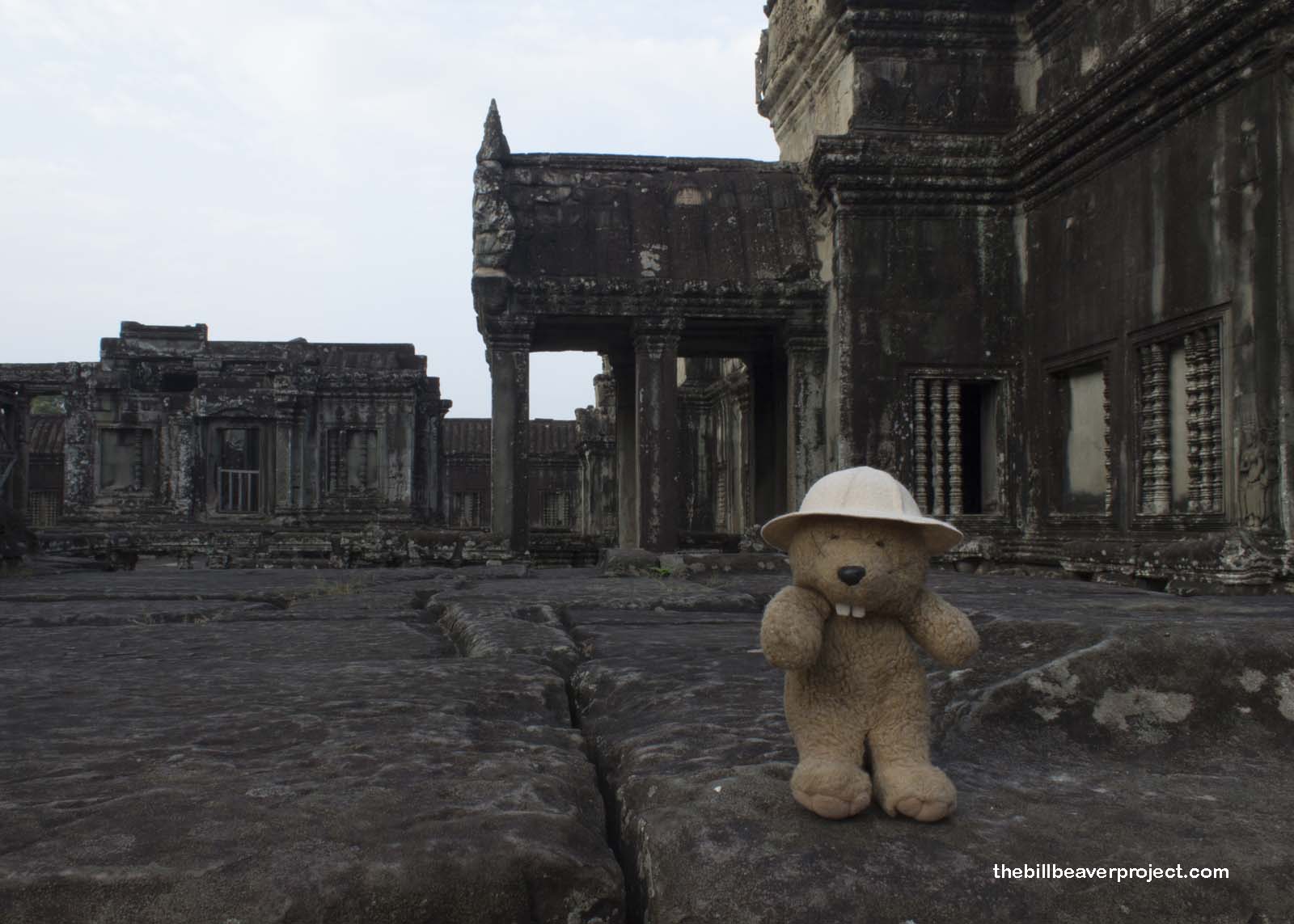 |
It is also home to some incredible murals that have survived the temple’s conversion from Hinduism to Buddhism and stretch across long galleries on all sides of the complex! They feature great clashes of gods (devas) and demons (asuras) from the Mahabharata, the victories of Vishnu and Krishna, and even the larger-than-life army of Suryavarman himself!
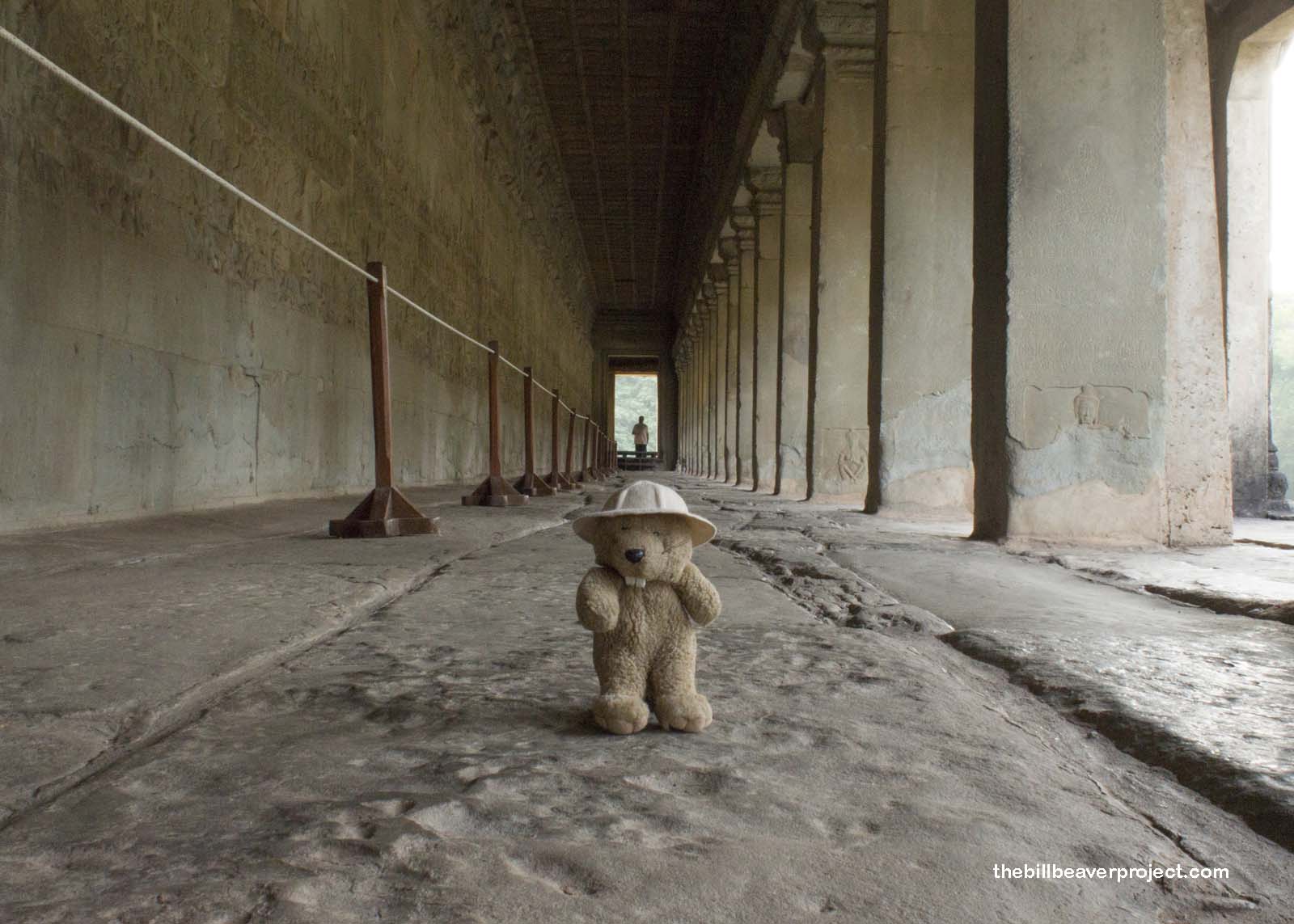 |
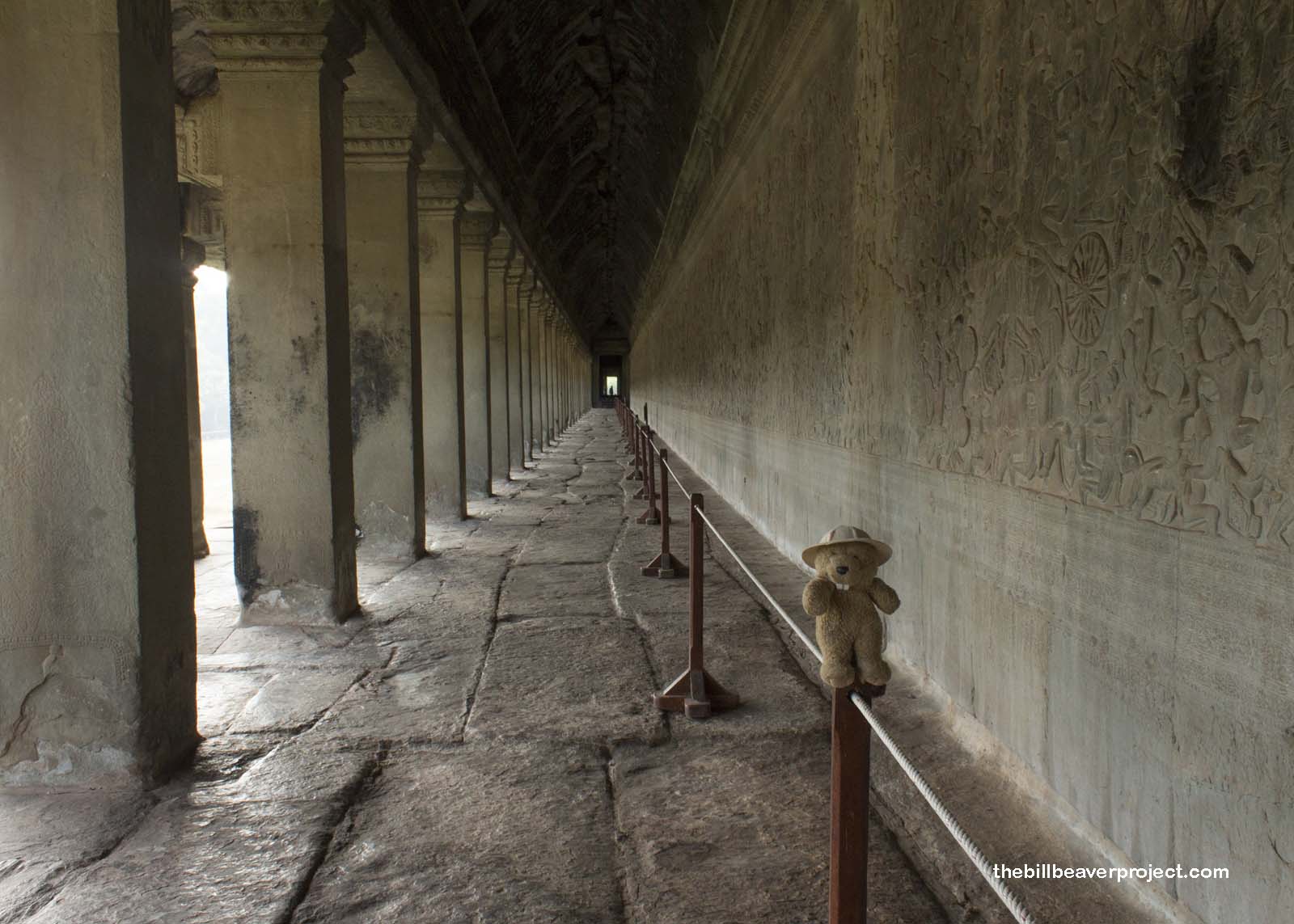 |
As Mu Sab and I strolled the steaming hot galleries, we happened across one great mural that struck a familiar chord! It was the story of the Churning of the Sea of Milk! At the far left end, the asuras, led by Bali, pulled hard on the head of a giant 6-headed Naga named Vasuki!
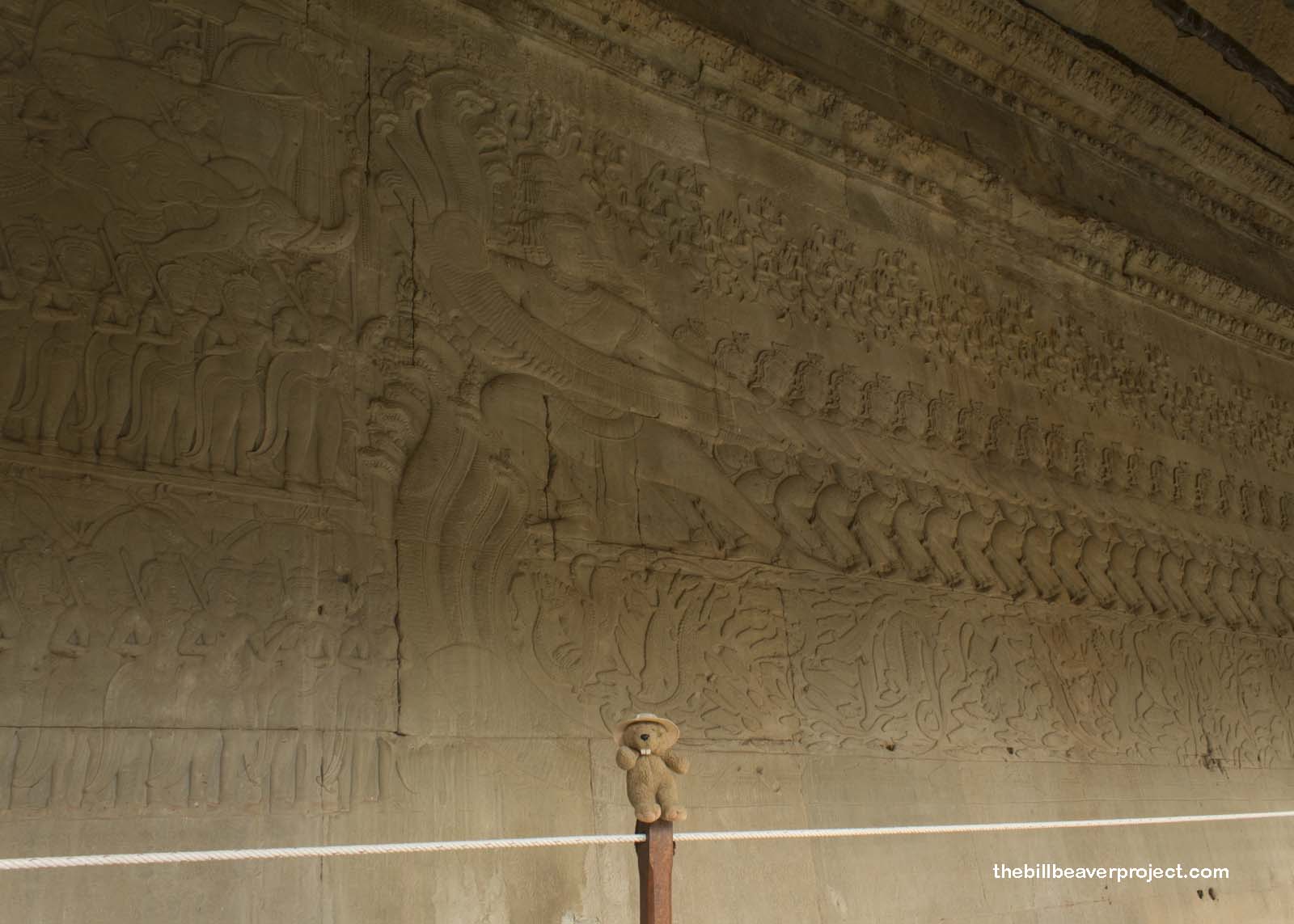 |
At the center, Vishnu stood atop Mount Mandara, which churned the ocean on the back of the giant turtle, Kurma!
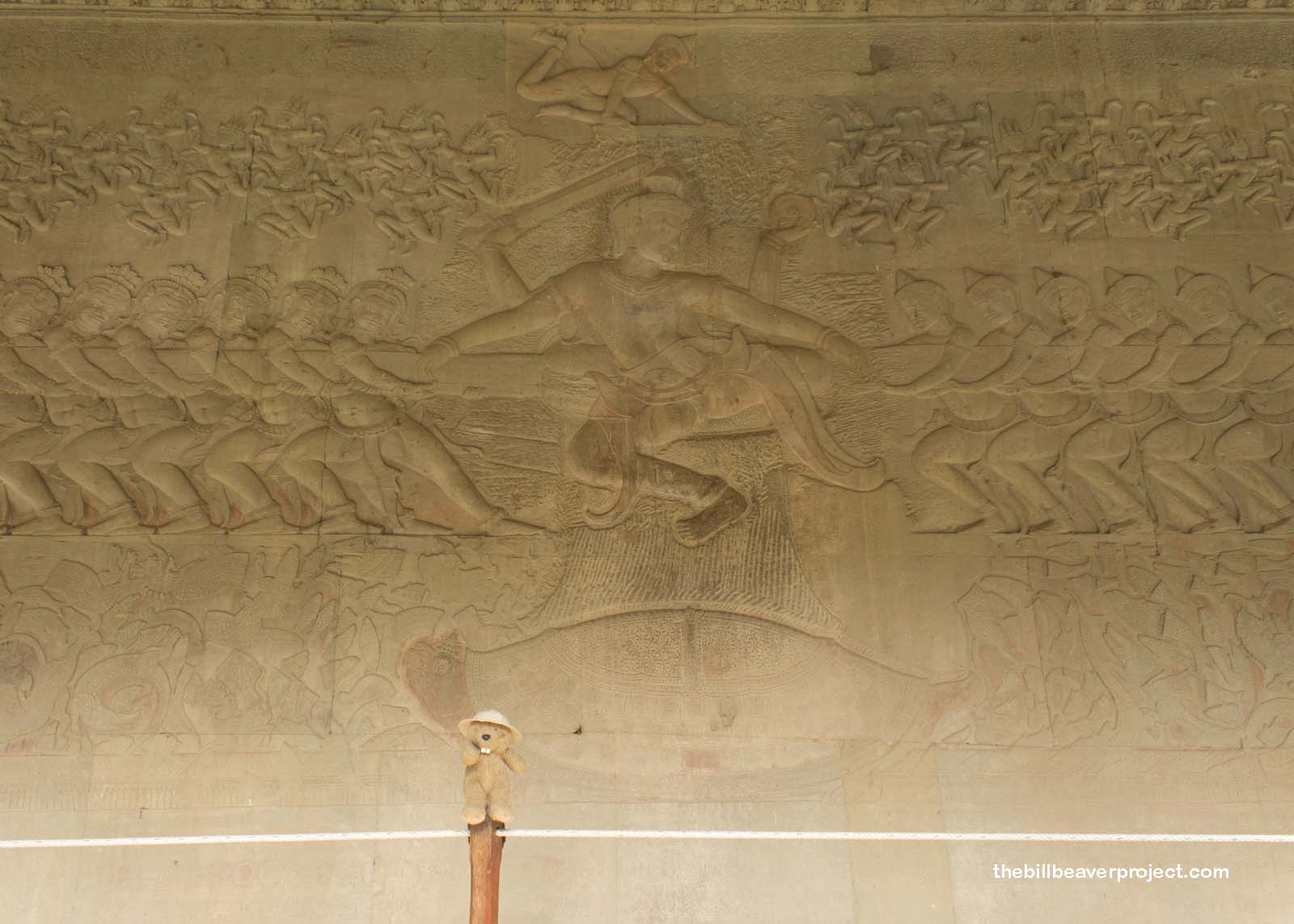 |
At the far end, safely away from the toxic fumes of Vasuki’s breath, the devas pulled on the snake’s tail! Together, pulling back and forth, the asuras and devas churned the ocean of milk and released both Amrita, the nectar of immortality, and Halahala, a world-destroying poison! The nectar ultimately gave the devas power over the asuras, though the asuras got a share of the other treasures, or Ratnas, that emerged once the ocean was churned!
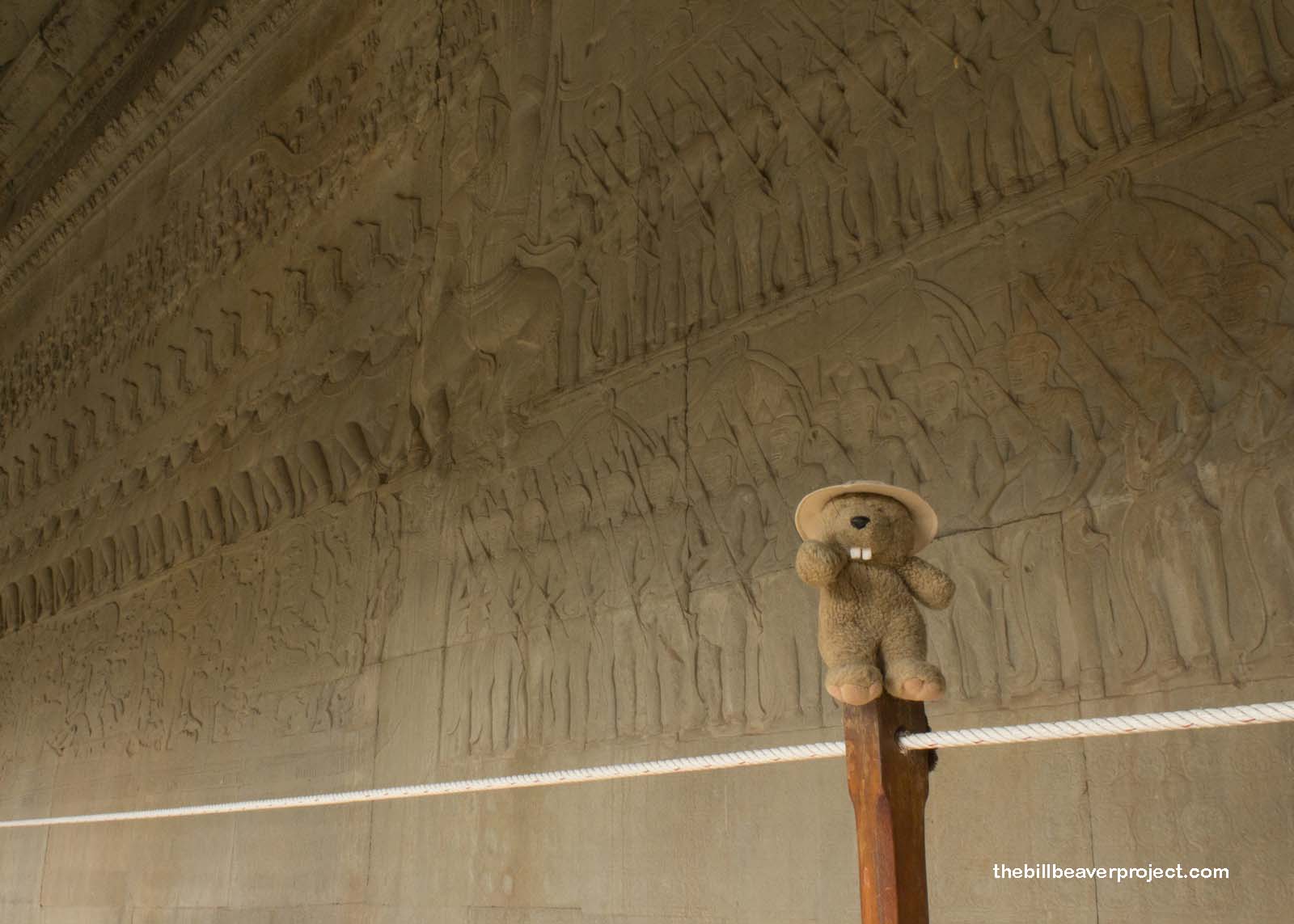 |
Sadly, our time at Angkor Wat was short, since our plane tickets back to Thailand were scheduled for lunch time, but it was truly spectacular getting to stand and sweat on this storied sandstone, among the saffron robes of iPhone-toting monks and terrifyingly huge beehives clinging to the impressive towers!
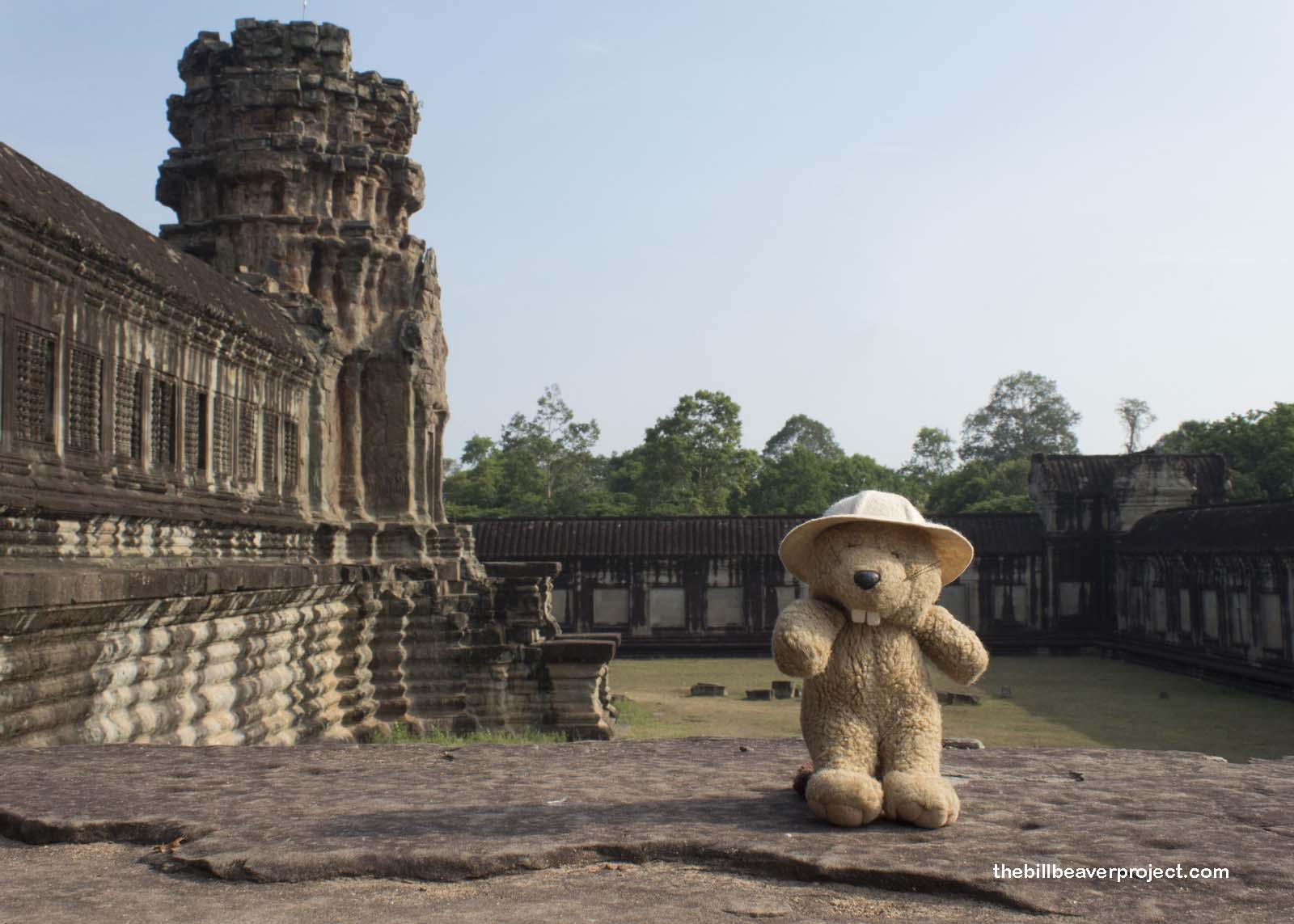 |
But we made it out of Cambodia and back to Thailand without a hitch, unlike the foolish Korean tourist who started taking photos in the customs line and got escorted out by security! Pla picked us up and took us north to see some of her country’s own spectacular Wats in the city of Ayutthaya!
The second capital of Krung Tai (a.k.a. Siam), Ayutthaya was founded in 1351 AD by King Ramathibodi I. As it grew and developed, it drew international attention—including close ties with Louis XIV—and plenty of comparisons to European metropolises! One of its grandest surviving structures is the temple of Wat Phra Sri Sanphet!
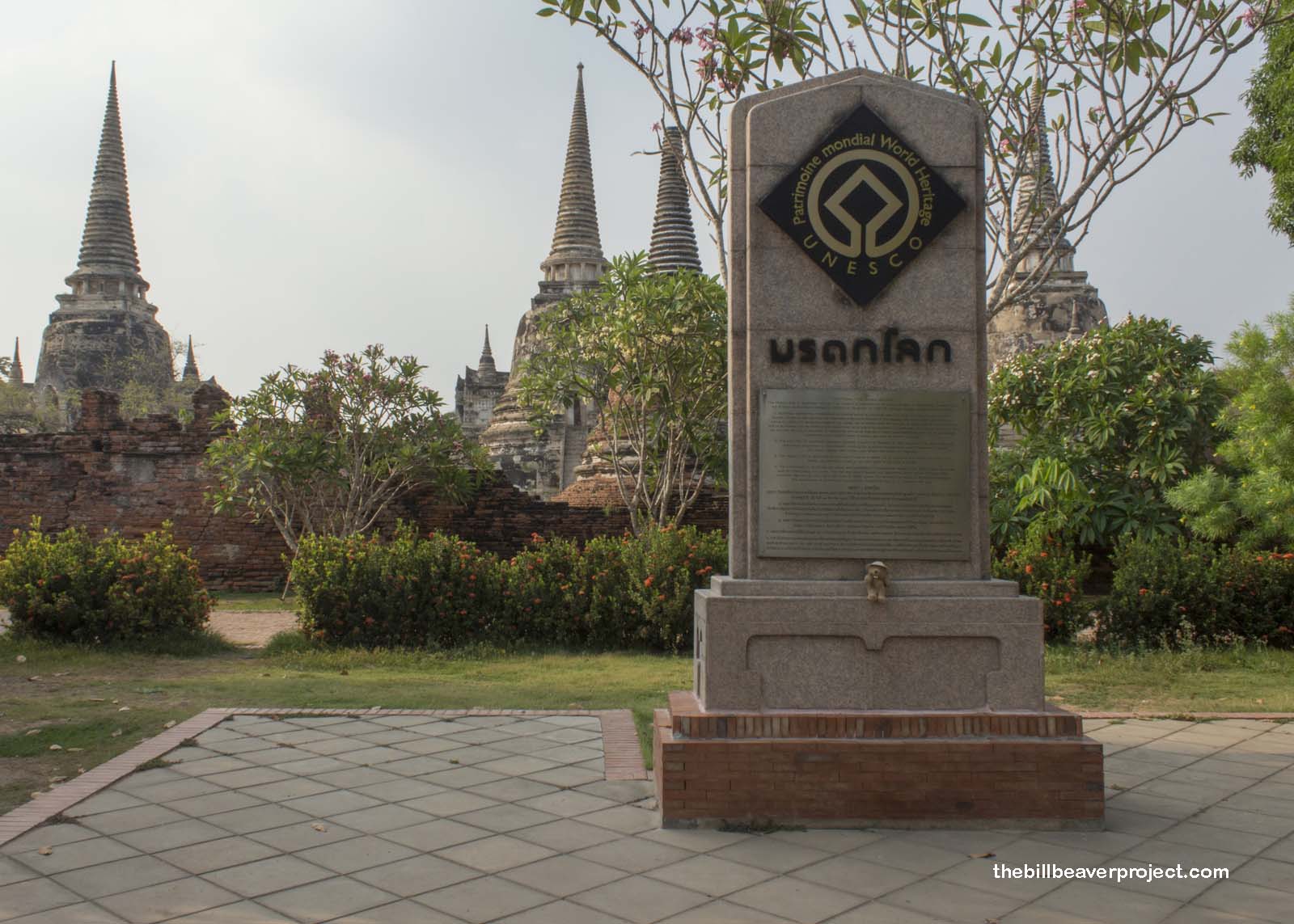 |
Once part of the grand palace of the Kings of Ayutthaya, the three giant stupas, or chedi at Wat Phra Sri Sanphet house the remains of three kings: Borom Trailokanat, Borom Racha III, and the king who enshrined them in the first place, Ramathibodi II. Many relics from Angkor Wat were brought here to adorn the site in 1431 after King Borom Racha II invaded Cambodia!
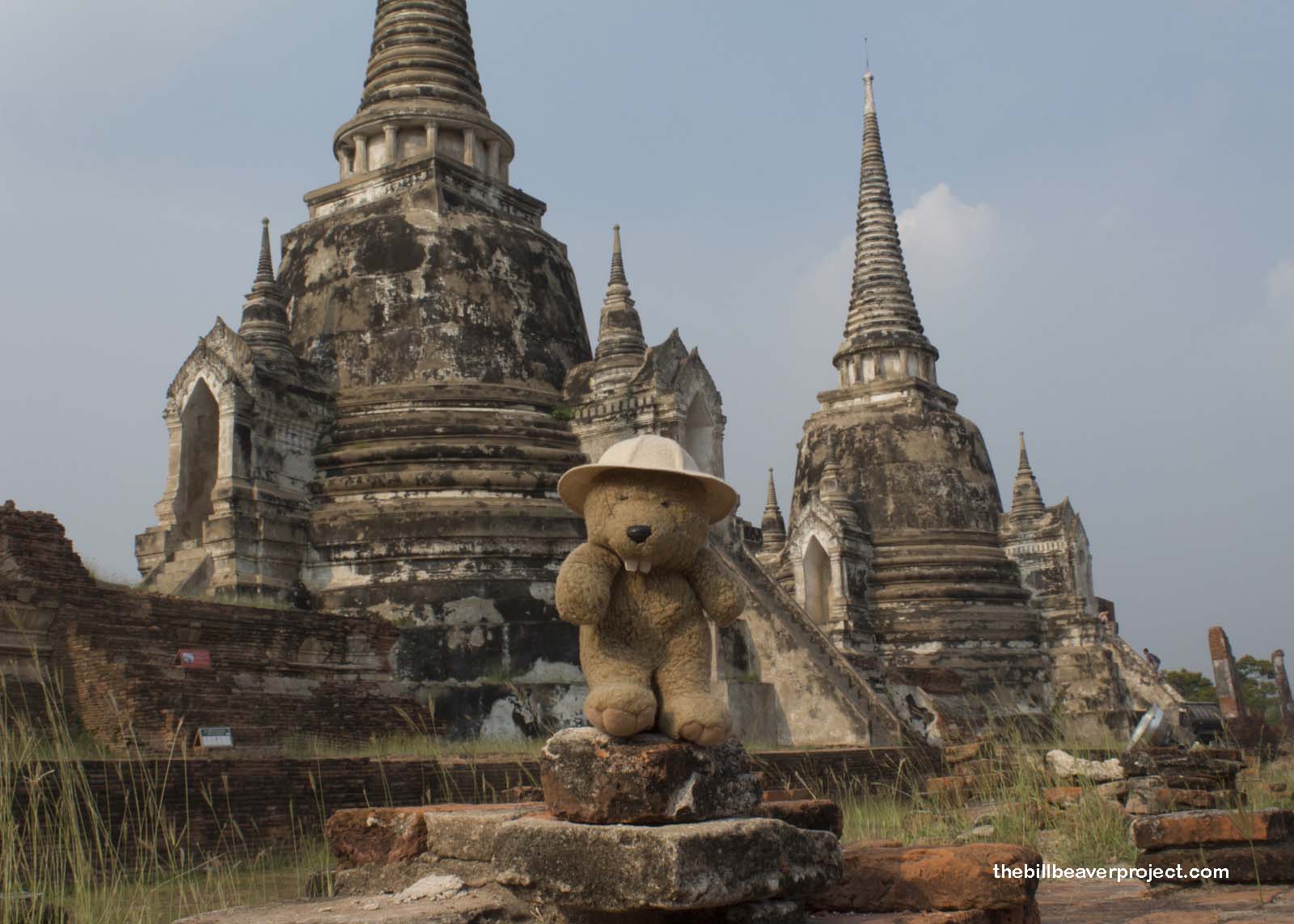 |
During the reign of the kings of Ayutthaya, only the royal family and very special guests were allowed to walk among the giant chedi, but that changed after Burma invaded in 1767. Destroying all but the three chedi, the Burmese army left the monastery in ruins and bereft of its golden buddha!
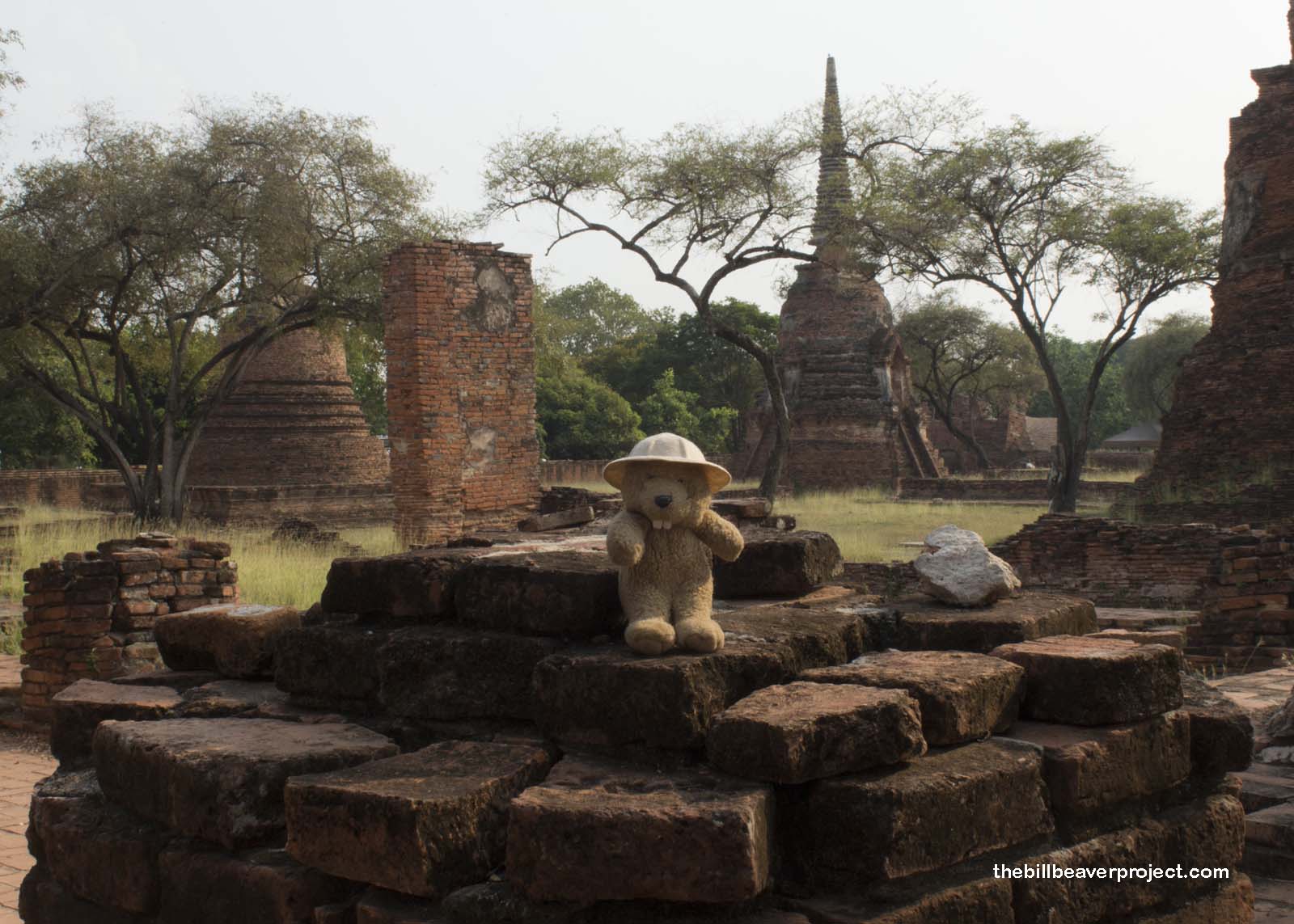 |
They even lopped off the heads of most of the Buddha statues to demoralize the people they conquered!
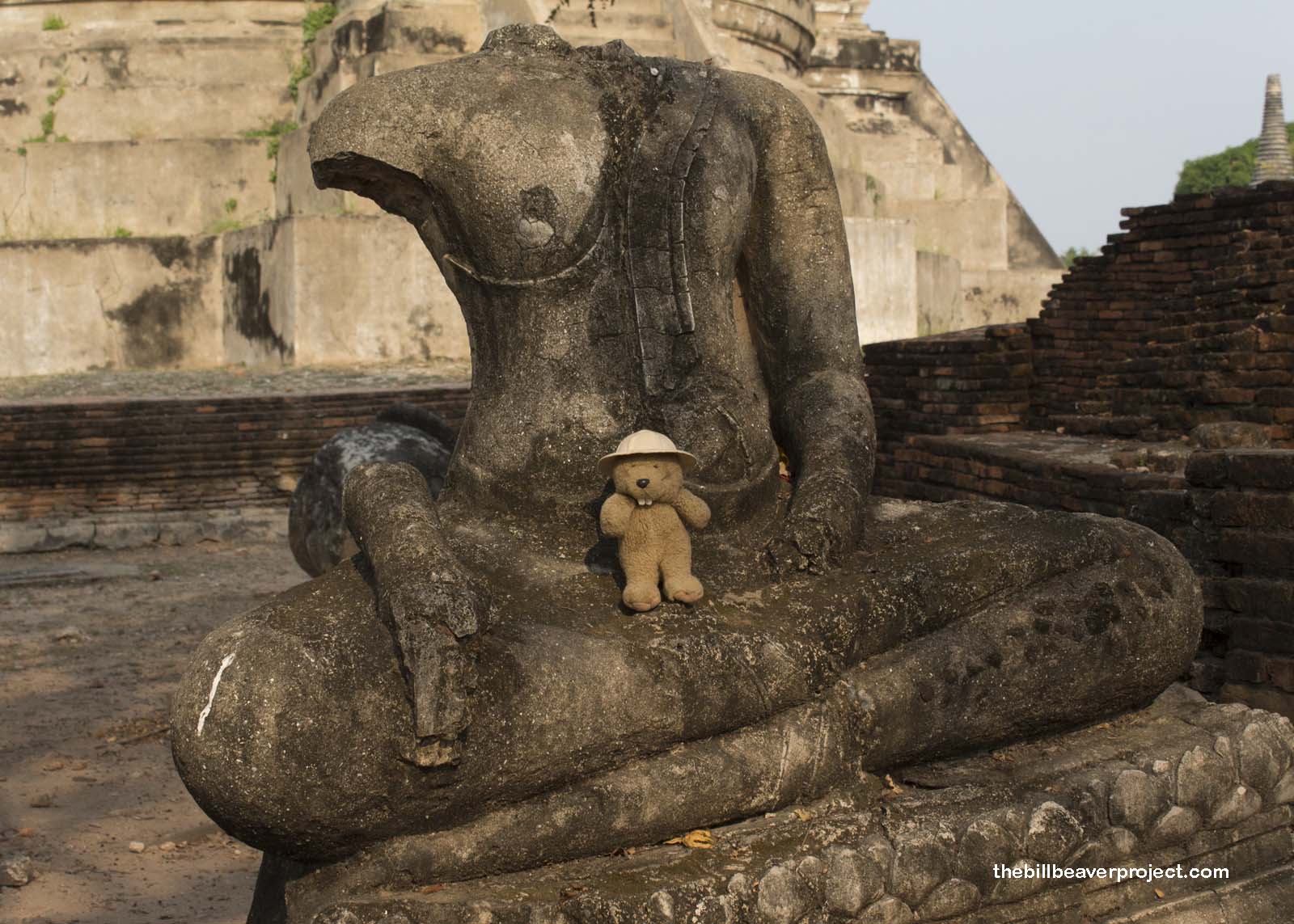 |
The same thing happened east of here, at the monastery of Wat Mahathat, which once housed relics of the Buddha himself! The Buddhist design of this complex, built in 1374, was much simpler than the Hindu decoration of Angkor Wat, but the tall, red brick prangs (pagodas) in the sunset gave this place its own otherworldly beauty.
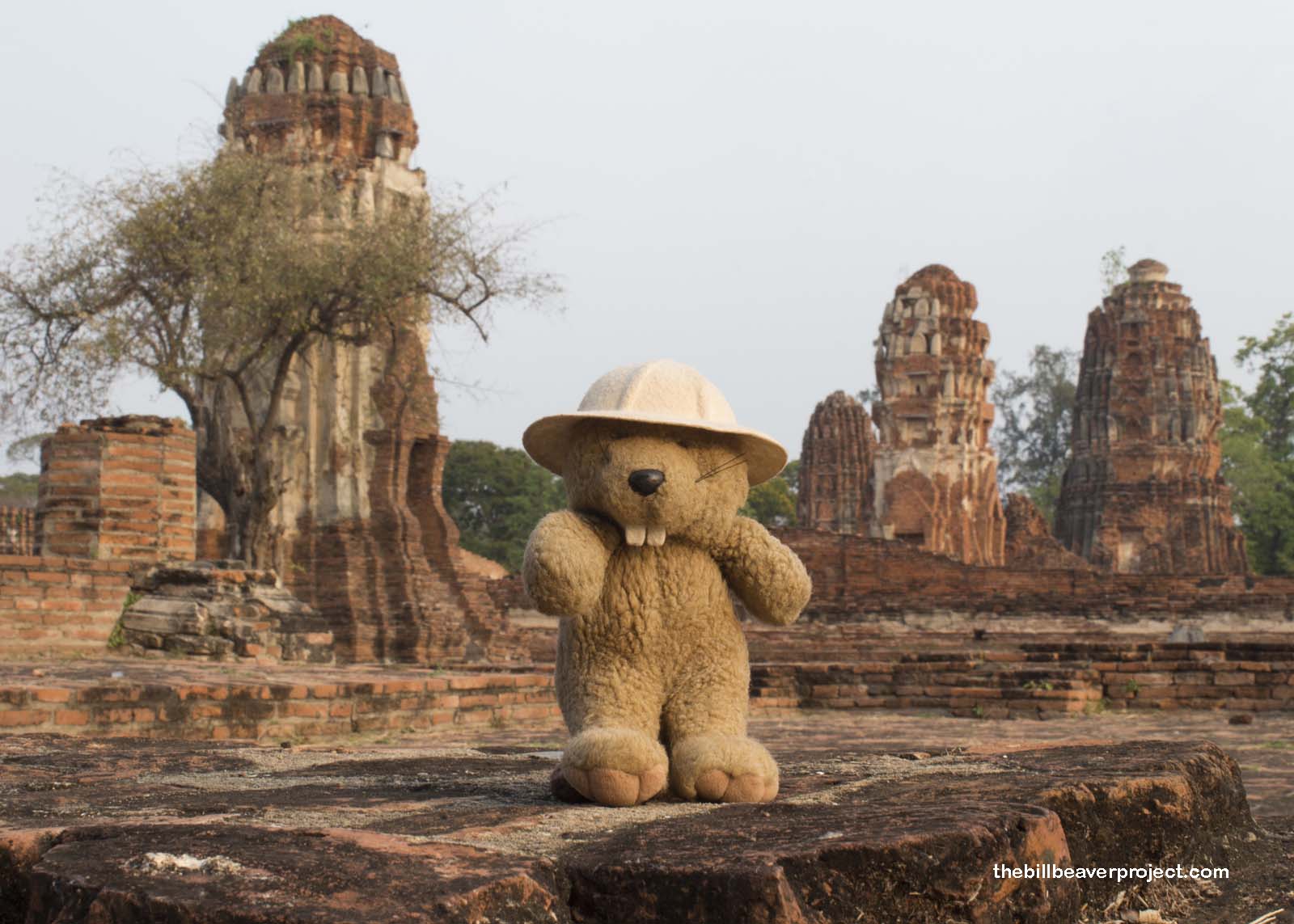 |
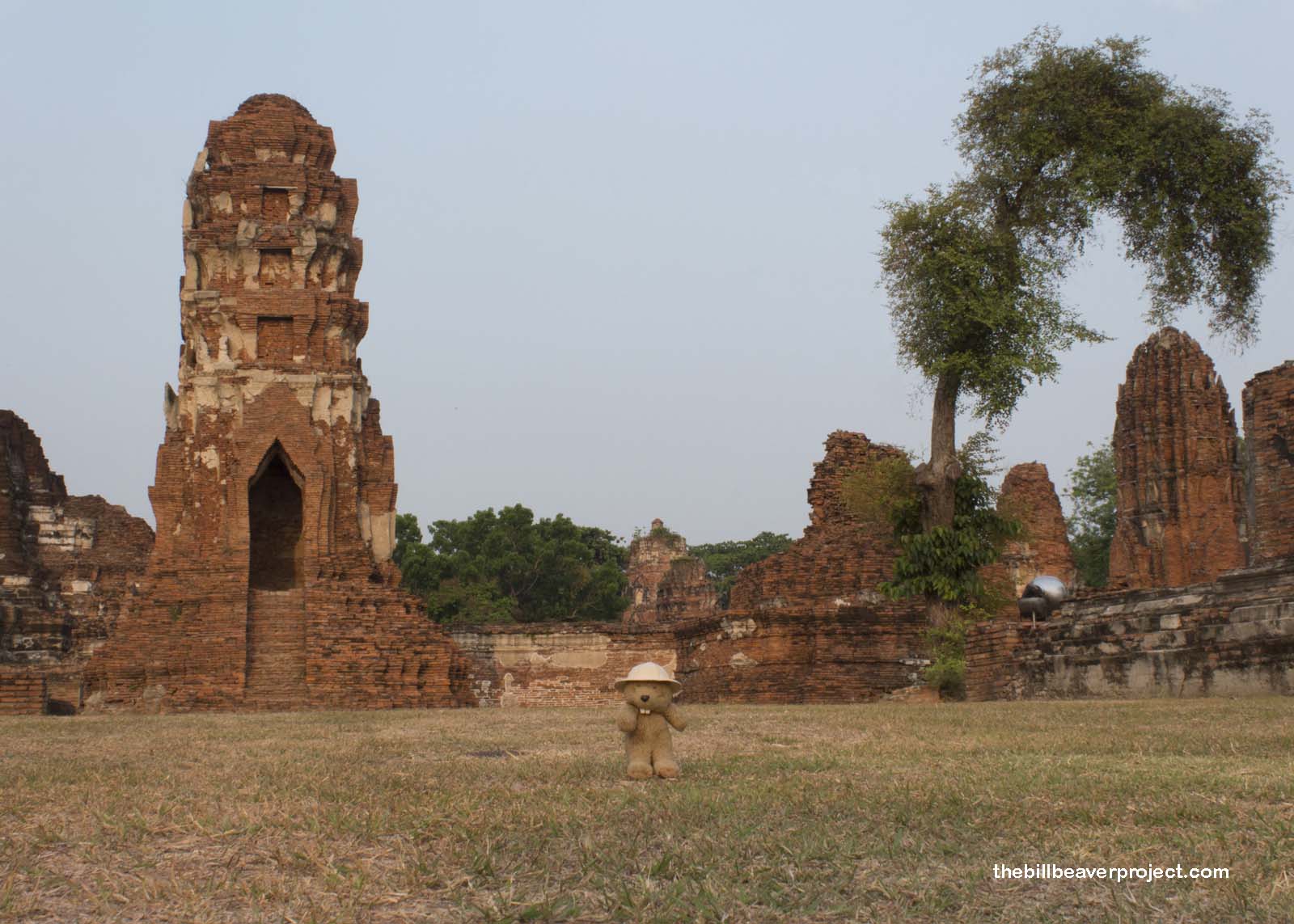 |
It also once featured a legion of both Angkorian animal statues and stone Buddhas, but sadly, most of those Buddha’s were also beheaded by the Burmese.
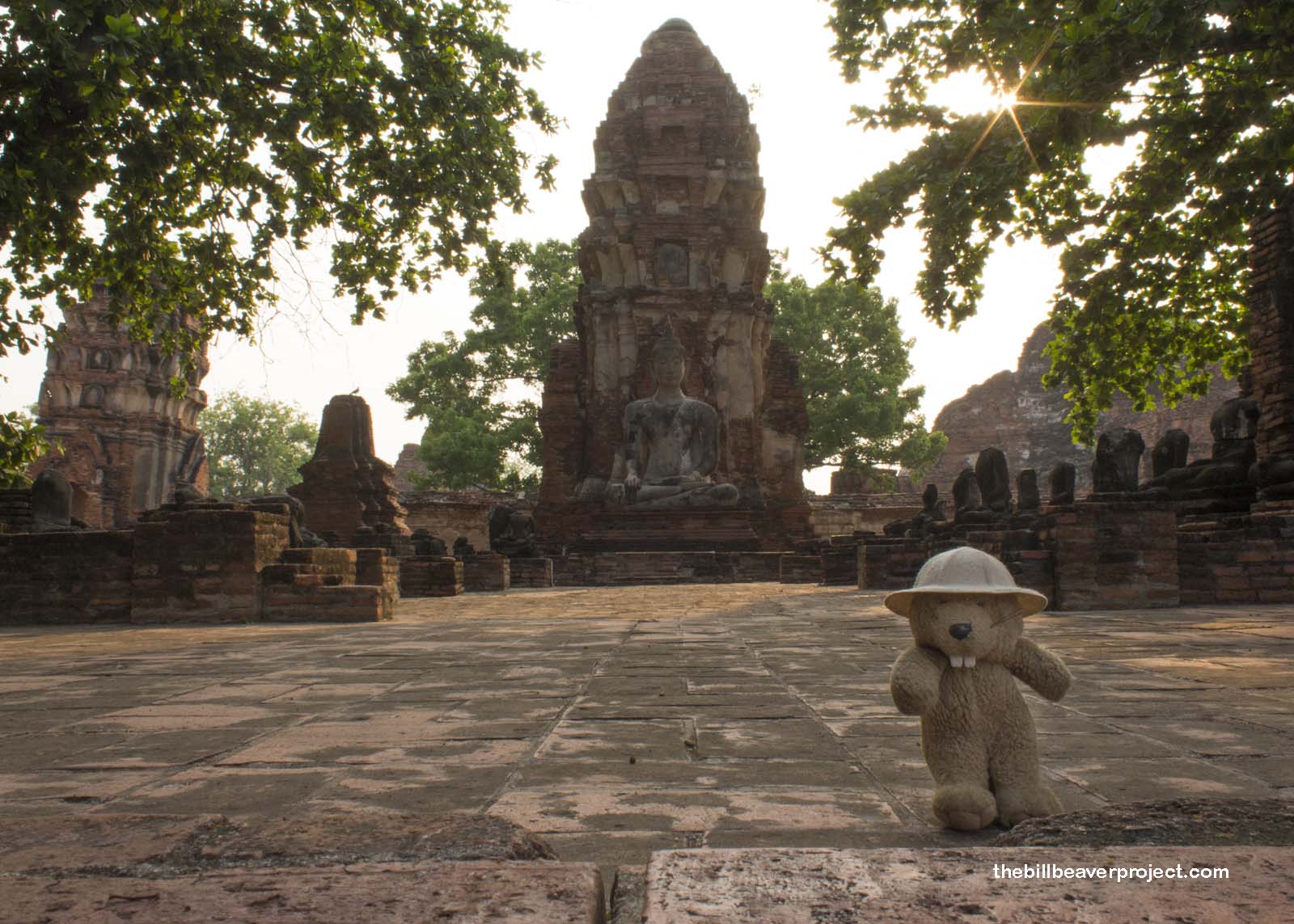 |
At least one head has been found by a compassionate tree, which has picked it up and cradled it for hundreds of years. When visiting, it’s important to keep your own head below the Buddha’s, out of respect for both the Buddha and for this desecrated place!
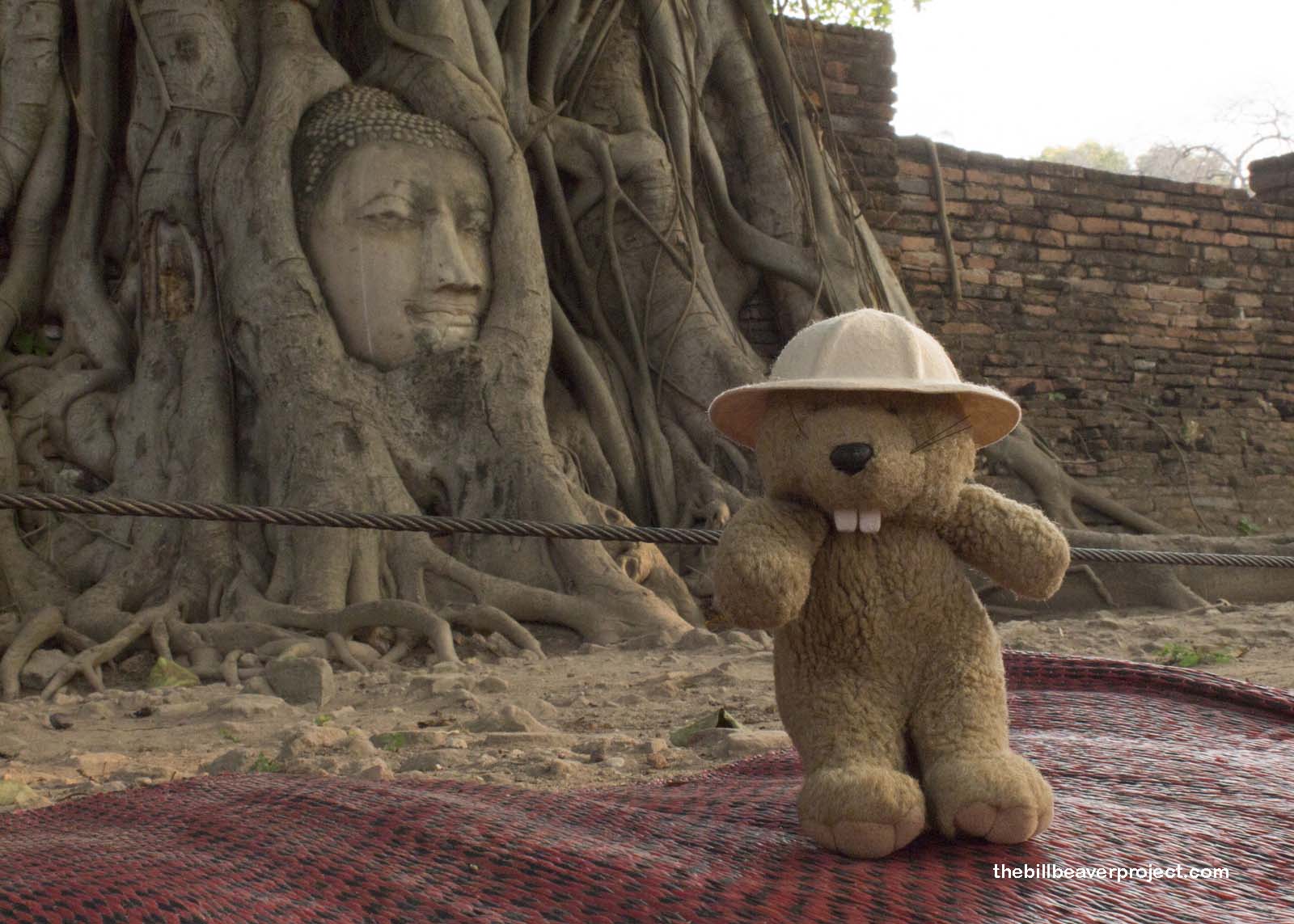 |
The sun set on our tour of Ayutthaya, and I was filled with overwhelming awe at the magnificent temples we’d explored today. It carried me all the way through a fiasco involving a tick that had latched on to Mu Sab’s leg. It was very clearly a tick, but since Mu Sab was just a non-Thai falong, he got laughed at in both a pharmacy and a clinic! Eventually, he had to take tweezers from the doctor and remove the critter himself, which really ticked him off!
Despite all of that mess, we finished the night with dinner at De Riva Ayothaya, on the banks of the Chao Praya River. Though the service was slow, the combination of lovely views and giant river prawns settled our spirits to look forward to a new day of adventure!
Rātrī s̄wạs̄di̒!

 Previous Day |
Total Ground Covered: 155.2 mi (249.7 km)*Cambodia* |
 Next Leg of the Trip |
